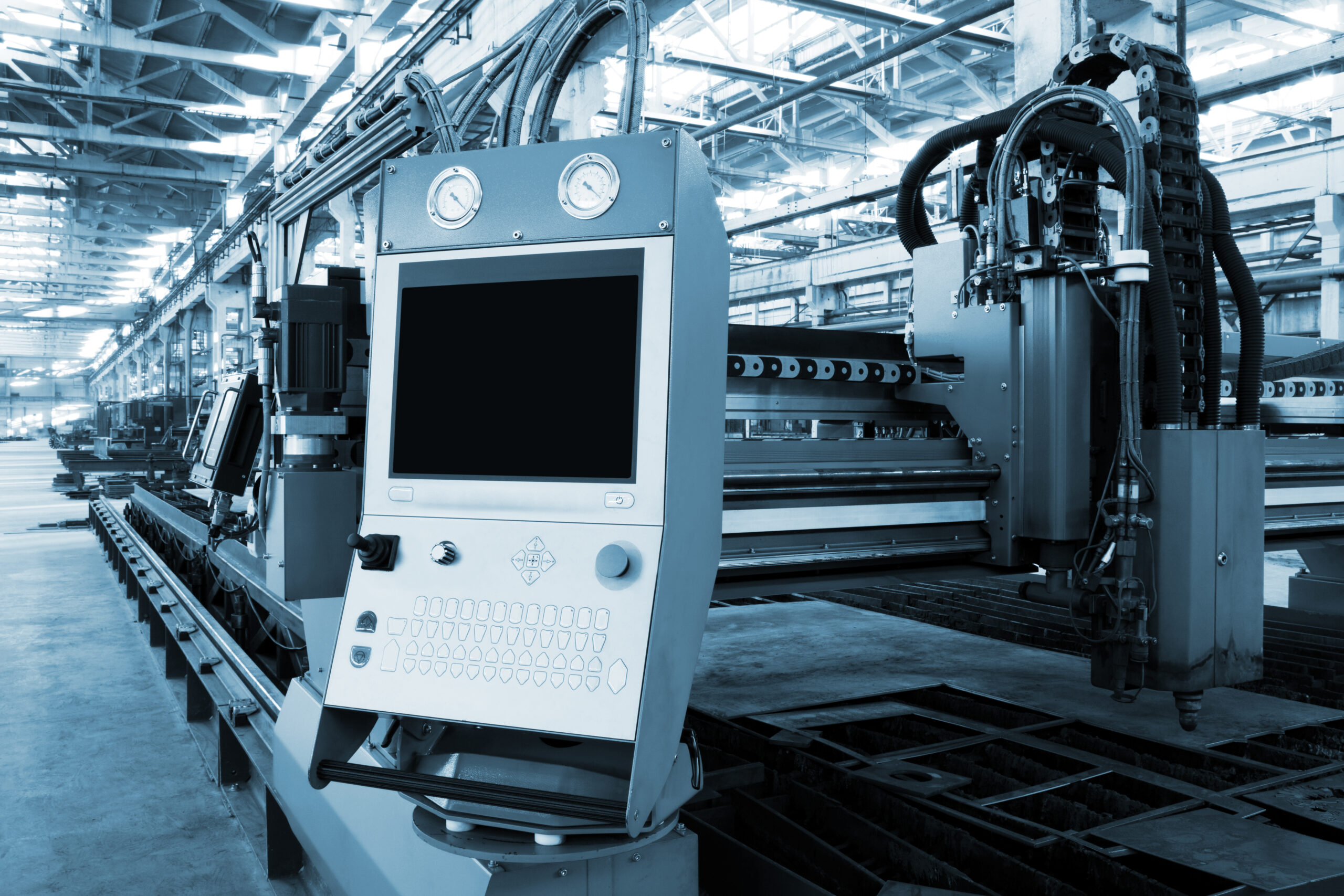We use metal in almost every aspect of our daily lives. We are heavily reliant on metal products and an array of metal fabrication methods. Each of these methods produces different results, and knowing which one to employ to achieve the desired effect is essential.
A Few Common Metal Fabrication Methods
Before you can complete a sheet or coil metal product, you must first understand which metal fabrication methods will shape or cut the metal as you need. While the following is most certainly not a comprehensive list, it does include a few of the most common methods for fabricating metal.
Plasma Cutting
Plasma cutting is a metal fabrication method that uses plasma to cut through sheet metal. The plasma is generated within a plasma cutter when pressurized oxygen is fired from the gun-shaped machine. Within the concentrated high-velocity stream, an electric arc forms between the metal being cut and an electrode within the nozzle of the plasma cutter. This arc ionizes the gas, forming a superheated and electrically-conductive channel of plasma.
The heat from the plasma cuts through steel or aluminum parts. The heat from the plasma makes the metal molten, and the pressurized gas cuts through it, leaving clean and accurate lines. Plasma cutting is highly efficient and ever-increasingly cost-effective.
Press Brake
A press brake is a machine that is used to bend sheet metal to meet specifications. The machine is designed to be long and narrow, so even large sheets of metal can be accommodated. The metal being bent is sandwiched between a punch and a die, sometimes several times, until the desired shape is formed.
Press brakes are classified by their tonnage and by how they are powered. Tonnage refers to the amount of force they can produce. Tonnage metrics often fall between 100 and 300 tons, but large equipment (as long as 50 feet) can apply up to 3000 tons. When it comes to power, press brakes can be mechanical, hydraulic, electric, or pneumatic. Each type has its advantages. For example, electronic press brakes work quickly and have lower operating costs, whereas hydraulic presses can produce the greatest amount of force.
The kind of press brake also determines how quickly it works, and the success of the metal fabrication method is also founded on the material being molded. Press brakes are used in a wide range of applications including manufacturing furniture, metal containers, automotive panels, and airframes
Shearing
Shearing is one of the simplest metal fabrication methods. Without using superheated plasma or angled lasers, shearing cuts through sheet metal without burning, melting, or chipping it. In fact, shearing is the method most similar to using scissors to cut paper. The metal sheet is pressed between two blades (a stationary lower blade and an upper blade that descends) and stabilized by a squaring arm.
Like press brakes, shearing systems come in different sizes and with different power sources. Bench shears are ideal for small applications because they are relatively lightweight and small. They can be mounted on workbenches, making them the better choice for hobbyist shops. Guillotine machines (or power shears) are powered by hydraulics or electricity and are more intricate systems. However, they are significantly better for large-scale projects when time and volume play a large factor. Shearing works better on softer metals like brass, bronze, and aluminum.
WaterJet Cutting
Waterjet cutting is one of the metal fabrication methods that takes a leaf out of sandblasting’s book. Using a stream of water that is highly pressurized blasted through a ruby or diamond nozzle, waterjet cutting creates a vacuum in a mixing chamber. Such a vacuum pulls in garnet sand and other abrasive particles to create clean cuts in the metal in question. The method is highly precise, even achieving a cutting accuracy of ±0.1 to ±0.2mm. For this reason, waterjet cutting is often used for intricate designs like logos.
Waterjet cutting has several advantages. It is a cold-cutting technique, and because it doesn’t create a heat-affected zone, there is no risk of warping the material being cut. There is no upper limit for how thick the material can be, though a lower limit of 0.02 is common. The cuts created have no burrs, so necessary subsequent finishing is minimal.
Metal Fabrication Equipment You Can Trust
At Sanson Machinery, we offer a wide variety of state-of-the-art equipment and technology so you have what you need no matter your metal fabrication methods. We service western North America, providing both new and used machinery so our customers can find what they need. Whether you have specific equipment in mind or need to consult the experts, our team is here to help.

